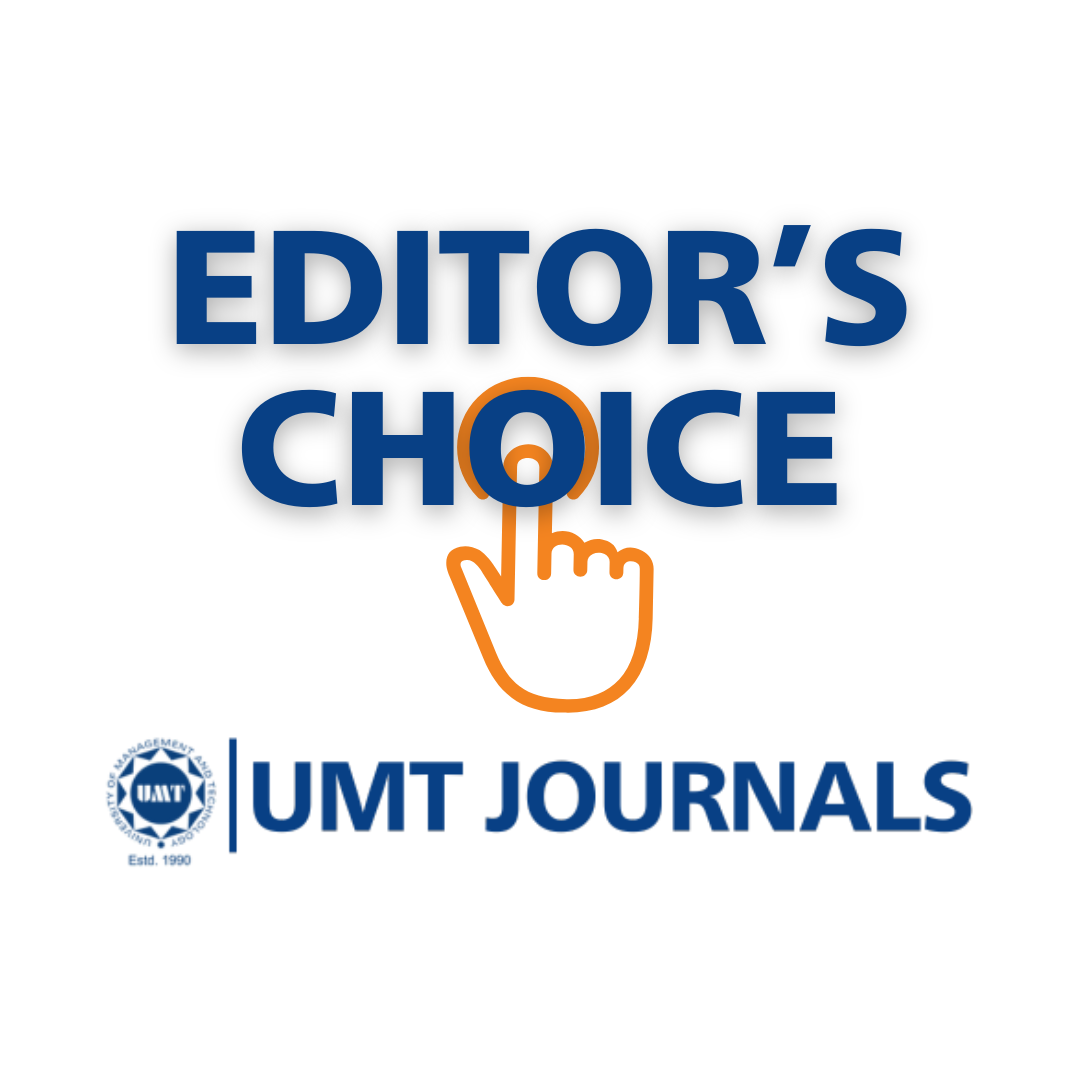Efficacy of Insect Feed as Protein Source in Aqua Feed and its Impact on Growth Performance of Fish
Abstract
 Abstract Views: 26
Abstract Views: 26
This study aimed to evaluate the impact of using insect-based fish feed on the growth of Ctenopharyngodon idella (grass carp). A meal in powder form was produced using the larvae of blowflies. The mixture contained either 20% or 40% larvae, combined with conventional ingredients. The fish fingerlings were divided into three groups and fed with this formulated feed for 10 weeks, while ensuring that the physio-chemical parameters were within the optimum range. Various growth parameters such as mortality rate, feed conversion ratio (FCR), specific growth rate (SGR), length, and weight were measured. The results showed that fish diet based on insects greatly accelerated growth, with the group fed with 40% maggot meal growing to the largest size and length. Similarly, the group fed with 20% maggot meal also demonstrated an increased growth rate. Whereas, FCR was the highest in the group fed with 40% maggot meal. Additionally, the groups fed with maggot meal had a lower mortality rate. This study investigated the use of prepared aquatic feeds containing meals from five different insect species. It was concluded that although insect-based diets show promise as an alternative to inexpensive and unappetizing fish meal, further experimentation with different compositions of insect-based diets is needed in order to achieve optimal results. It is likely that the extensive raising and processing of insects for use as a component of fish feed would benefit aquaculture’s viability and profitability in the years to come.
Downloads

BSR follows an open-access publishing policy and full text of all published articles is available free, immediately upon publication of an issue. The journal’s contents are published and distributed under the terms of the Creative Commons Attribution 4.0 International (CC-BY 4.0) license. Thus, the work submitted to the journal implies that it is original, unpublished work of the authors (neither published previously nor accepted/under consideration for publication elsewhere). On acceptance of a manuscript for publication, a corresponding author on the behalf of all co-authors of the manuscript will sign and submit a completed the Copyright and Author Consent Form.









